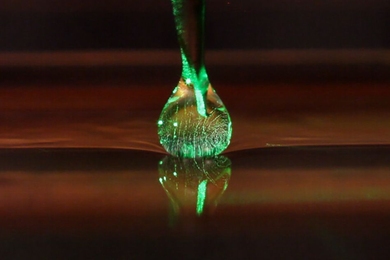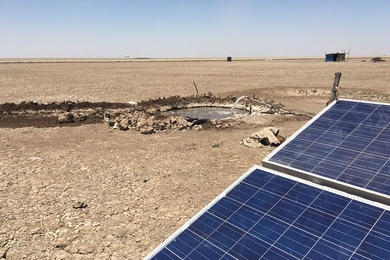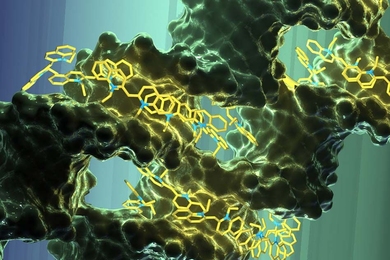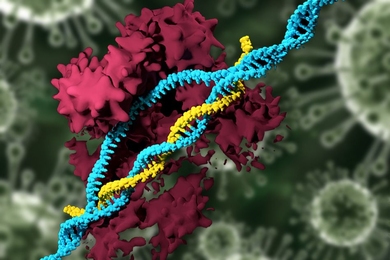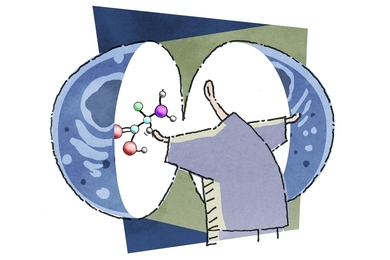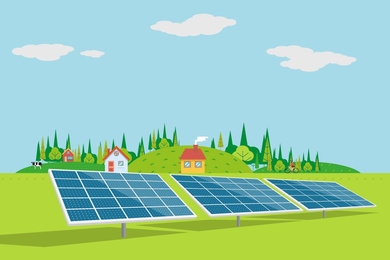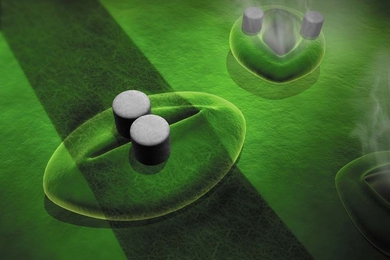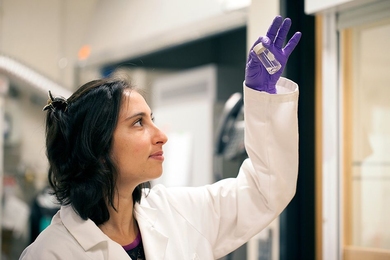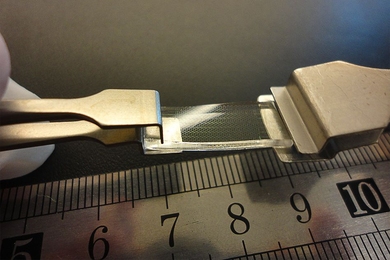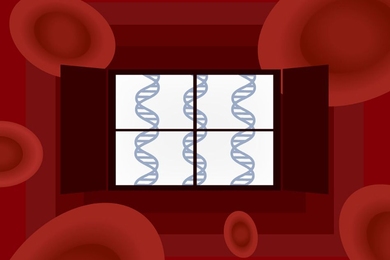MIT researchers release evaluation of solar pumps for irrigation and salt mining in India
Study of solar pump technology use in India assesses technical performance and explores innovative business cases to increase user adoption.
Next-generation optogenetic molecules control single neurons
Focused laser beam could help scientists map connections among neurons that underlie behavior.
Texas’ odds of Harvey-scale rainfall to increase by end of century
Study finds state’s annual risk of extreme rainfall will rise from 1 to 18 percent.
Synthetic circuits can harvest light energy
Novel structures made with DNA scaffolds could be used to create solar-powered materials.
CRISPR-carrying nanoparticles edit the genome
New delivery system developed by MIT team deletes disease-causing genes and reduces cholesterol.
New player in cellular signaling
Researchers have identified a key nutrient sensor in the mTOR pathway that links nutrient availability to cell growth.
How to build better silk
Reconstituted silk can be several times stronger than the natural fiber and made in different forms.
Why some Muslim clerics become jihadists
In his new book, political scientist Richard Nielsen proposes a “blocked ambition” hypothesis.
No more blackouts?
New framework guarantees stability of microgrids that supply local power in developing countries.
Sensors applied to plant leaves warn of water shortage
Electronic circuits reveal when a plant begins to experience drought conditions.
A new way to mix oil and water
Condensation-based method developed at MIT could create stable nanoscale emulsions.
Researchers develop flexible, stretchable photonic devices
Light-based devices could be used as biomedical sensors or as flexible connectors for electronics.
New techniques give blood biopsies greater promise
Improved methods validate the use of blood samples for studying patients’ cancer genomes.
Artificial intelligence aids materials fabrication
System could pore through millions of research papers to extract “recipes” for producing materials.
